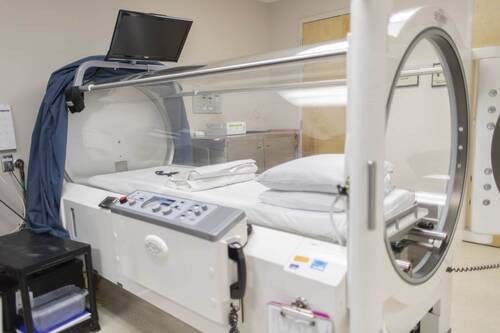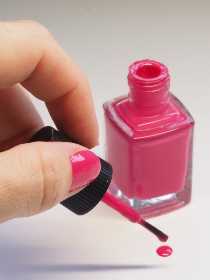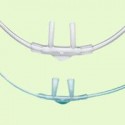 MedicalResearch.com Interview with:
Gulshan Sharma, MD, MPH
MedicalResearch.com Interview with:
Gulshan Sharma, MD, MPH
Division of Pulmonary Critical Care and Sleep Medicine
University of Texas Medical Branch
Galveston, TX
Medical Research: What is the background for this study? What are the main findings?
Dr. Sharma: Thirty-five years ago, two multicenter trials reported substantial improvements in survival and quality of life with continuous oxygen therapy in the treatment of severe hypoxemia associated with chronic obstructive pulmonary disease (COPD).
Notably, aside from smoking cessation, no other medical intervention therapy has been shown to improve survival for patients with
COPD. It is estimated that upto a third of the patients who are prescribed oxygen continue to smoke.
Using large claims data of Medicare beneficiaries with COPD, we found that patients with COPD who had a burn injury were more likely to have been prescribed oxygen therapy in the preceding 90 days compared to the control subjects.
Patients with COPD on oxygen who had burn injury, the face, head and neck region were more commonly involved. In the U.S. oxygen is prescribed to an estimated one million Medicare beneficiaries, based on our estimates a physician would have to treat 1,421 patients with oxygen therapy for one year to cause one burn injury.
(more…)







